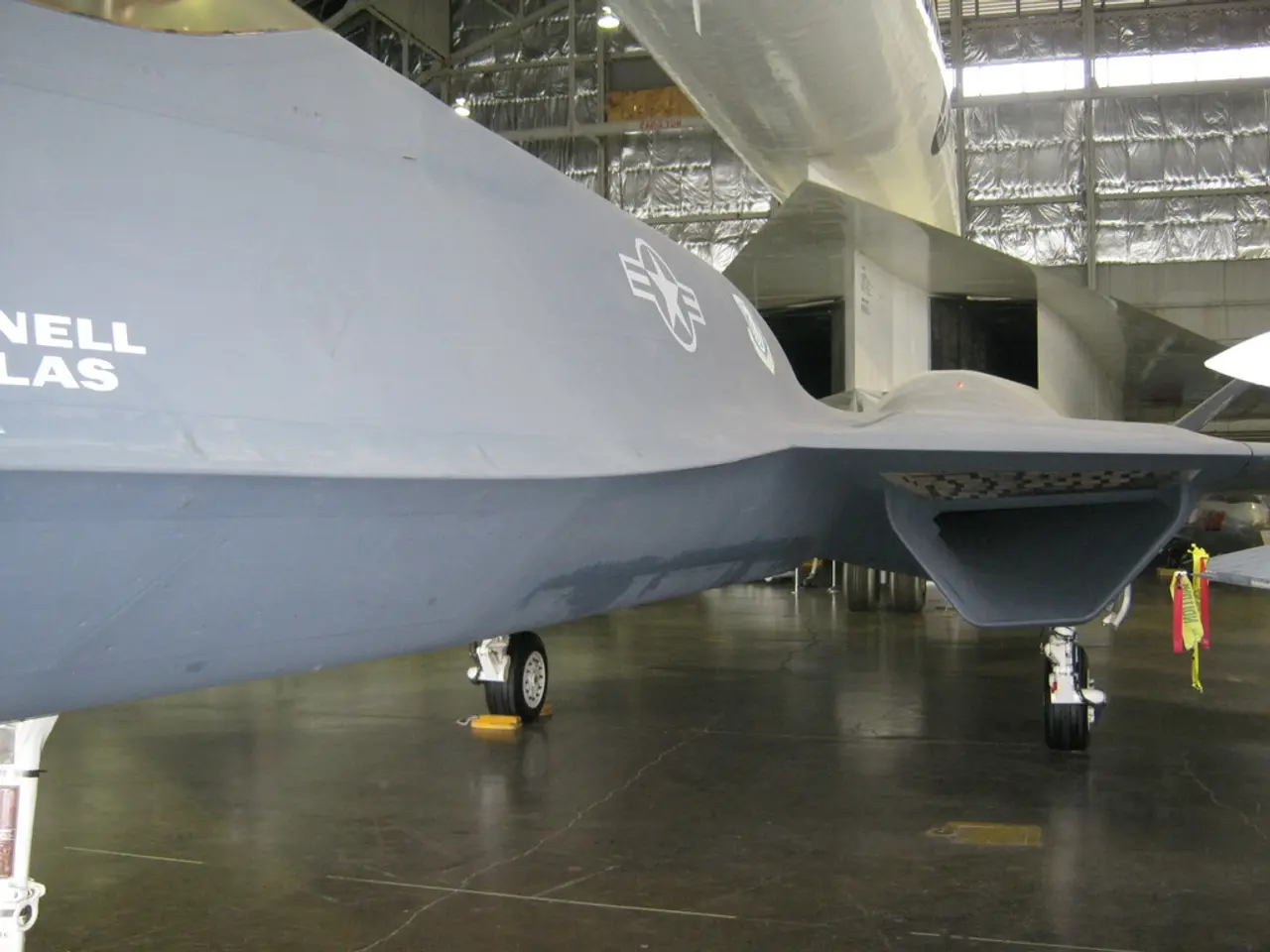Urgent calls for aerial safety renovations escalate following the conclusion of the January 29 midair crash hearing
In the aftermath of a tragic midair collision near Washington Reagan National Airport (DCA) in January 2025, which claimed the life of Kiah Duggins, a 21-year-old, and several others, families of the victims are calling for swift changes in air safety. Lovey Stovall, the mother of Mikey Stovall, who was 40 years old from Waldorf, Maryland, and Gwen Duggins, Kiah's mother, are leading the charge for improvements.
Both women are frustrated with perceived failures by the US Army and the Federal Aviation Administration (FAA), and they want changes to happen sooner rather than later. They believe that there needs to be complete transparency and accountability in identifying and fixing the issues that led to the midair collision.
The key suggested changes include the widespread use of Automatic Dependent Surveillance–Broadcast (ADS-B) technology, enhanced oversight of helicopter routes, and streamlined FAA processes for quicker safety policy implementation.
The ROTOR Act, introduced by Senator Todd Young and colleagues, mandates that virtually all aircraft, including helicopters, use ADS-B Out technology. This technology accurately broadcasts the aircraft’s position and allows for better air traffic management. The bill also requires ADS-B In for all aircraft in controlled airspace to enhance pilot awareness of other aircraft, air traffic control, and ground vehicles. Exemptions are limited to sensitive government or national security operations.
The legislation also calls for stricter monitoring of helicopter routes near commercial service airports, quarterly reporting on compliance with ADS-B Out requirements, and a study to improve DCA’s surrounding airspace, addressing the high-risk conditions noted by the National Transportation Safety Board (NTSB).
The NTSB hearings revealed that prior to the crash, there were numerous near misses and that military helicopters frequently flew with critical equipment off. The FAA replaced most of the tower staff at DCA after the accident, underscoring concerns about air traffic control performance and airspace safety management. The NTSB chair criticized the FAA for bureaucratic obstacles that delayed meaningful safety improvements despite awareness of dangerous conditions.
Gwen Duggins suggests that admitting the system's flaws is crucial for making necessary changes. She wants to see action, not just words, regarding improvements in air safety. She is not confident in the hearings and does not want to navigate the federal government bureaucracy, which she perceives as slow.
During meetings, it was found that there is fault with both the US Army and the FAA. One of the tools discussed was Army technology that could have broadcast the Helicopter's position, which some say could have prevented the tragedy.
The FAA’s role is to implement, oversee, and regulate these safety improvements by enforcing the new legislation and ensuring compliance, updating procedures, and enhancing staff training and technology integration in air traffic control operations. However, the agency faces scrutiny for procedural inertia and delayed response to known risks in the DCA airspace.
Both Lovey Stovall and Gwen Duggins believe that the tragedy may recur unless changes are made promptly. They are seeking answers and improvements due to the loss of their loved ones. Gwen Duggins shares the sentiment that transparency and accountability are essential for identifying and fixing the issues that led to the midair collision.
- In light of the midair collision, Gwen Duggins and Lovey Stovall, families of the victims, are advocating for policy-and-legislation changes, specifically calling for the implementation of the ROTOR Act that aims to enhance air safety through the use of ADS-B technology, stricter monitoring of helicopter routes, and improved DCA airspace.
- Frustrated with the perceived failures by the US Army and the Federal Aviation Administration (FAA), Gwen Duggins and Lovey Stovall urge for swift politics that prioritize general-news issues, such as the need for transparency and accountability in identifying and fixing the issues that led to the deadly midair collision, and the streamlining of FAA processes for quicker safety policy implementation.






